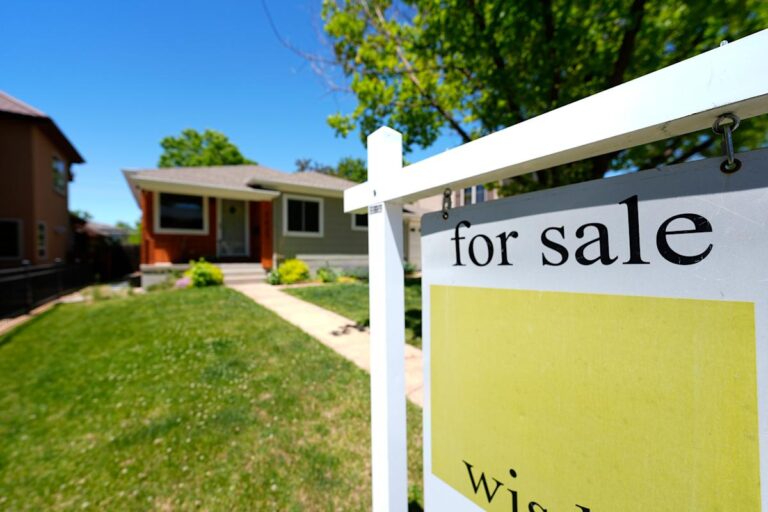
Anthony Di Pizio, The Motley Fool
Wed, Apr 9, 2025, 2:01 AM 6 min read
In This Article:
The S&P 500 has delivered a compound annual return of 10.5% since it was established in 1957. However, the index is coming off back-to-back annual gains of more than 25% in 2023 and 2024, which is something it has only achieved one other time in its history (during the dot-com tech boom in 1997 and 1998).
Many Wall Street analysts entered 2025 predicting another above-average return, citing business-friendly policies from the new Trump administration and a continuation of the artificial intelligence (AI) boom. But the reality has been very different so far — the S&P 500 has plunged by 17% from its recent record high, as President Trump laid out plans to impose sweeping tariffs on America’s trading partners last week.
The tariffs could deal a blow to global economic growth, forcing Wall Street analysts to slash their 2025 price targets for the S&P 500. But no matter the trigger, stock market corrections are a normal part of investing, and history lays out a very clear playbook for dealing with them. Here’s what investors should do.
The S&P 500 is made up of 500 companies from 11 different sectors of the economy. It’s the most diversified of the major U.S. stock market indexes, which is why many investors and fund managers use it as a benchmark for their own performance.
The S&P 500 ended 2024 at a price of 5,881. According to MarketWatch, a collection of top Wall Street analysts entered 2025 with an average price target of 6,667, implying a gain of 13.3%. But at the higher end of the spectrum were analysts like Ed Yardeni from Yardeni Research, who initially thought the S&P would climb by 19% to reach 7,000 this year.
Yardeni is often considered one of the most bullish voices on Wall Street, so it was a surprise when he lowered his 2025 target to 6,400 back in March. But he lowered it again after President Trump announced the tariffs last week — this time to just 6,000. He isn’t alone:
-
Goldman Sachs cut its 2025 target for the S&P 500 from 6,500 to 6,200, and then again to 5,700.
-
Barclays cut its target from 6,600 to 5,900.
-
UBS lowered its target from 6,400 to 5,800.
-
RBC Capital Markets slashed its target from 6,600 to 5,500.
Almost all of those downward revisions — except the ones from Yardeni and Barclays — now imply the S&P 500 will end 2025 with a year-over-year loss.
As mentioned, the S&P 500 is currently down 17% from its recent all-time high. According to Capital Group, declines of this magnitude tend to happen once every five years, on average, so we’re running a little ahead of schedule, considering the last one was in 2022.



![Sunday is the last day to take advantage of the Chase refinance mortgage rate sale [Expired]](https://thenewsblend.com/wp-content/uploads/2025/12/eed000a0-caf6-11f0-baaf-499d9d48b516-768x512.jpg)


